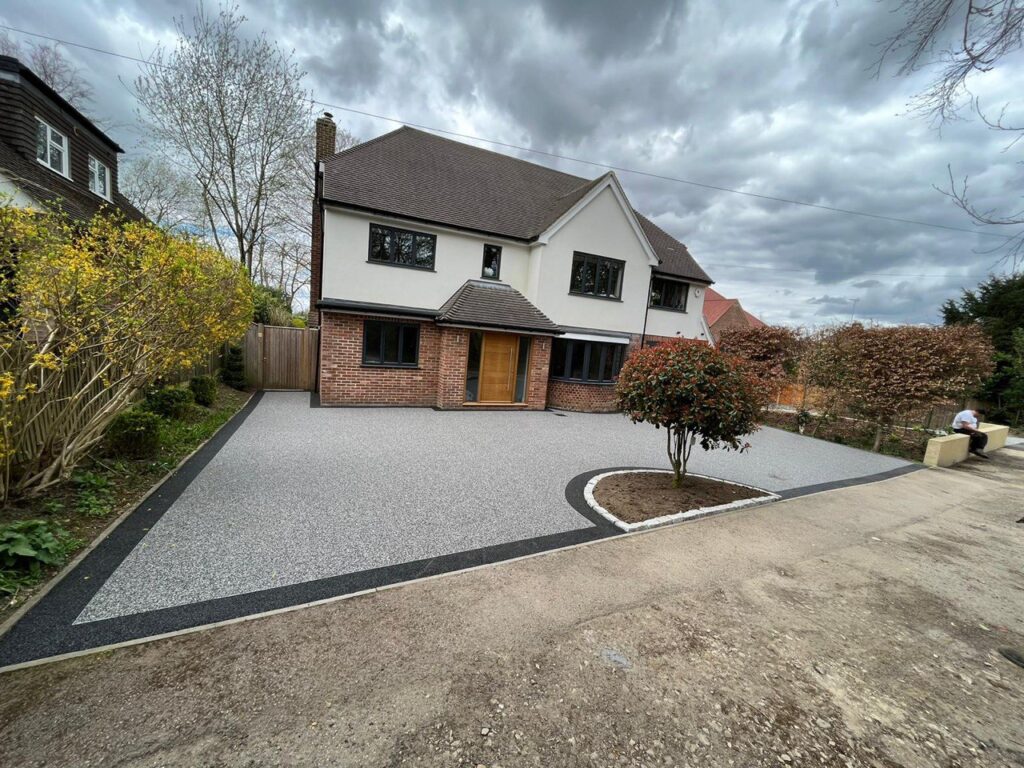Tarmac Car Parks: Incorporating Sustainable Drainage Systems (SuDS)
Introduction: Tarmac car parks are ubiquitous in modern landscapes, providing essential parking infrastructure for various establishments. However, their extensive use of impervious surfaces poses challenges for stormwater management and can contribute to flooding and pollution. Sustainable Drainage Systems (SuDS) offer an innovative solution to mitigate these issues while promoting environmentally friendly practices. In this blog post, we’ll explore the concept of SuDS and how they can be incorporated into tarmac car parks for sustainable water management.
- Understanding Sustainable Drainage Systems (SuDS): SuDS are a collection of water management techniques designed to mimic natural processes and reduce the impact of urban development on the water cycle. Unlike traditional drainage systems, which prioritise the rapid removal of stormwater, SuDS aim to manage rainfall on-site, allowing water to infiltrate the ground, evaporate, or be stored for later use. By mimicking natural hydrological processes, SuDS helps mitigate flooding, improve water quality, and enhance biodiversity in urban areas.
- Incorporating SuDS into Tarmac Car Parks: Integrating SuDS into tarmac car parks can transform conventional parking areas into multifunctional spaces that support sustainable water management. Here are some SuDS techniques that can be incorporated into tarmac car park design:
- Permeable Paving: Replacing traditional impermeable tarmac surfaces with permeable paving materials allows rainwater to infiltrate the ground, reducing surface runoff and promoting groundwater recharge. Permeable pavements, such as porous asphalt or permeable concrete, feature porous surfaces or void spaces that facilitate water infiltration, filter out pollutants, and reduce the risk of flooding.
- Swales and Rain Gardens: Swales and rain gardens are vegetated channels or depressions designed to collect and slow the flow of stormwater runoff. By incorporating swales and rain gardens into tarmac car park landscaping, rainwater can be temporarily stored, filtered, and absorbed by vegetation and soil, reducing the volume and velocity of runoff while enhancing water quality and biodiversity.
- Infiltration Basins: Infiltration basins are shallow depressions or excavated areas designed to capture and infiltrate stormwater runoff into the ground. By strategically locating infiltration basins within tarmac car parks, excess runoff can be managed on-site, reducing the strain on conventional drainage systems and minimising the risk of flooding downstream.
- Green Roofs and Living Walls: Green roofs and living walls are vegetated surfaces installed on buildings or structures within tarmac car parks. These green infrastructure features absorb and retain rainwater, reducing runoff, enhancing insulation, and providing habitat for wildlife. Incorporating green roofs and living walls into the tarmac car park design can create additional green space, improving aesthetics and environmental performance.
- Benefits of SuDS in Tarmac Car Parks: Incorporating SuDS into tarmac car park design offers numerous benefits, including:
- Reduced Flood Risk: By managing stormwater on-site, SuDS helps reduce the volume and velocity of runoff, minimising the risk of flooding in surrounding areas.
- Improved Water Quality: SuDS techniques such as permeable paving and vegetated swales help filter pollutants from stormwater runoff, improving water quality in nearby water bodies.
- Enhanced Biodiversity: Green infrastructure features like rain gardens and green roofs provide habitat for wildlife and promote biodiversity in urban environments.
- Climate Resilience: SuDS help cities adapt to the challenges of climate change by reducing the impact of extreme weather events and enhancing resilience to flooding and drought.
Conclusion: Incorporating Sustainable Drainage Systems (SuDS) into tarmac car park design offers a holistic approach to water management, promoting sustainability, resilience, and environmental stewardship. By integrating permeable paving, swales, rain gardens, and other SuDS techniques, tarmac car parks can become multifunctional spaces that enhance water quality, reduce flood risk, and contribute to the overall well-being of urban communities.
Call us on: 01449 700 690
Click here to find out more about Stowmarket Driveway Services
Click here to complete our contact form and see how we can help with your driveway needs.

